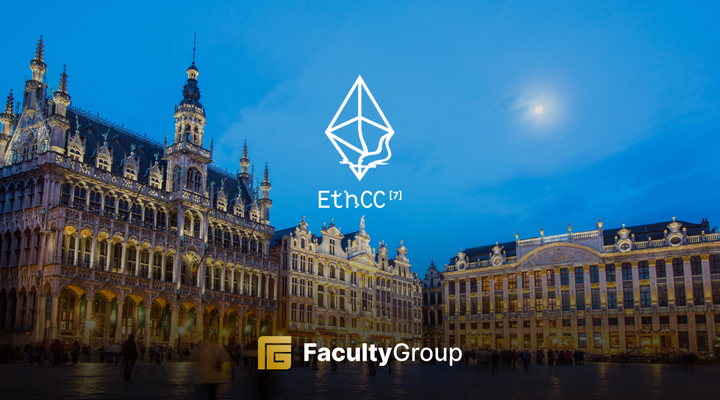Polygon’s zkEVM upgrade

Although the SEC’s naming of MATIC as an unregistered security was a blow to this leading Ethereum scaling team, we would argue that Polygon is definitely looking like a winner halfway through 2023. Singled out for praise by Vitalik for their work on zk scalability technology as one of the teams building on Ethereum that is doing it right, this Layer2 Network has been quietly expanding its reach into many areas of Web3 (gaming, DeFI, TradFi, etc.) and building its network through recent partnerships with Coinbase and PancakeSwap to name but a few.
The announcement of their Roadmap 2.0 highlights the desire to continue scaling the network by integrating its two chains and Supernets. Let’s look at the PIP (Polygon Improvement Proposal), the benefits of these zkEVM modes and how it will benefit users in web3.
Currently, Polygon PoS and Polygon zkEVM rollup are two public networks of the Polygon ecosystem. After this ‘upgrade’, both networks would be zkEVM, with one in rollup and the other in validium mode. zkEVMs aspire to the same goal: creating a ZK rollup experience that feels exactly like using Ethereum’s layer 1 blockchain. This means developers should be able to port over their existing smart contracts without changing their code and without abandoning the EVM (Ethereum Virtual Machine) tools that they know and love.
Unifying Polygon’s two blockchains would create the third-largest Layer 2 network with nearly $1B in TVL. This would also increase their competitiveness between Layer2 networks. While Polygon’s PoS Chain hosts the lion’s share of Polygon TVL, zkEVM offers improved performance and security guarantees.
Rollup vs Validium Mode
Firstly, it is important to understand the differences between these different zkEVM ‘modes’. Validium is a scaling solution that enforces the integrity of transactions using validity proofs like zk-rollups but doesn’t store transaction data on-chain. While off-chain data availability introduces trade-offs, it can lead to massive improvements in scalability (validiums can process ~9,000 transactions, or more, per second). Obviously, for large throughput, this provides much better performance and offers a scaling advantage. Validiums’ computational design improves throughput by processing transactions OFF Ethereum.
Validiums (like zk-rollups) use zk-proofs to verify off-chain transactions on Ethereum, and funds are controlled by a smart contract on Ethereum. Validiums offer near-instant withdrawals, much like zk-rollups; once the validity proof for a withdrawal request has been verified on Mainnet, users can withdraw funds by providing Merkle proofs which validate the inclusion of the user’s withdrawal transaction in a verified batch, allowing the on-chain contract to process the withdrawal. However, if data availability managers on the validium chain withhold off-chain data, users could not do the computation required to prove ownership of their funds to execute withdrawals.
Secondly, the major difference between validiums and zk-rollups is the data availability spectrum. Both solutions approach data storage differently, which has implications for security and trustlessness for users.
Upgrade 2.0
Polygon zkEVM rollup already offers the highest level of security (both ZK proofs and transaction data are sent to Ethereum), with the tradeoff of slightly higher fees and limited throughput due to the data requirements. It is a great fit for applications that process high-value transactions and where security is the priority, such as TradFi and DeFi applications.
The upgrade for Polygon PoS (zkEVM validium) would offer very high scalability and very low fees, with the tradeoff of storing transaction data locally (off-chain storage) instead of on-chain with Ethereum. This would be a great fit for applications that have high transaction volume and require low transaction fees, e.g. Web3 gaming and SocialFi.
The upgrade to Polygon 2.0 could potentially unify all application-specific Polygon chains, aka Supernets, making their coexistence even more beneficial for users:
“In Polygon 2.0, users on both chains would be able to interact and transact seamlessly, securely, and without bridging back to Ethereum.”
Polygon believes its two networks can meaningfully coexist and complement each other, given the differences between rollups and validiums to offer use case-designed specifications. Polygon aims to bring Ethereum to Internet-scale by providing unlimited scalability and unified liquidity to realise their vision of Polygon as the Value Layer of the Internet. We are excited to see the value this architecture will bring on-chain for investors and users alike.








